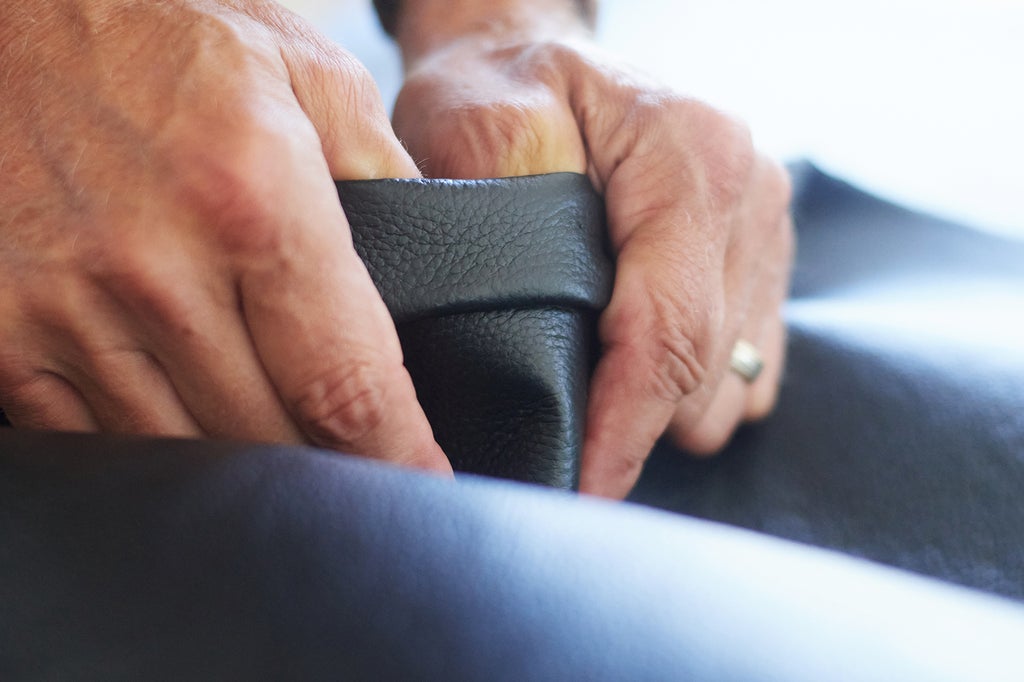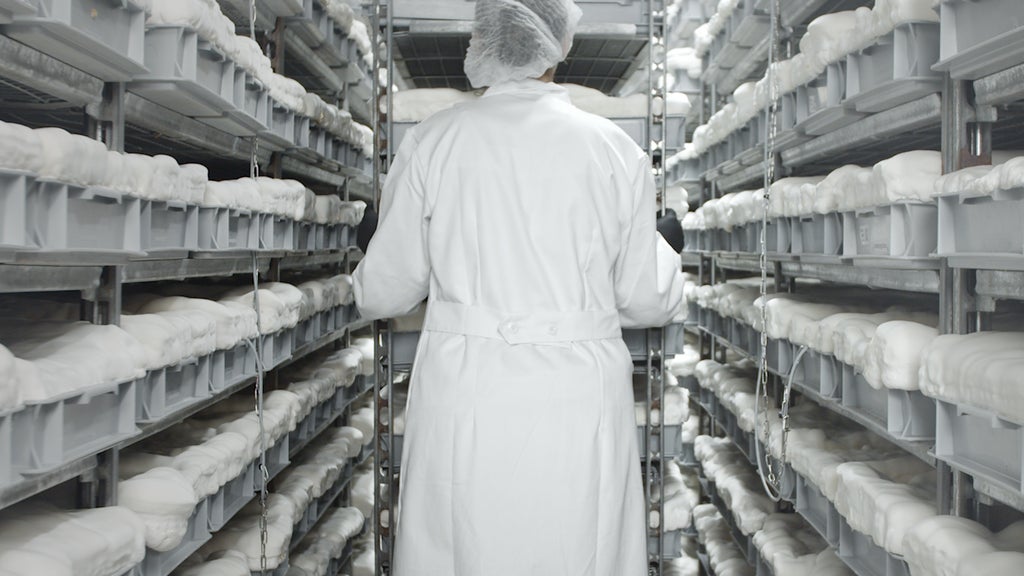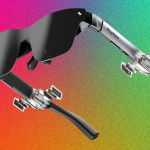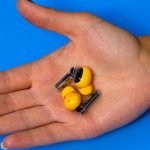In October, Stella McCartney’s spring 2022 show opened with the voice of American mycologist Paul Stamets. It wasn’t the first time the British designer referenced fungi in her work. McCartney, known for pioneering sustainability in fashion and using cruelty-free materials in her work, previously unveiled a sports bra and leggings made from mushroom-based “leather” in March. But, with the debut of the label’s first-ever bag made from Mylo™, a trademarked mycelium-based material created by the biotechnology company Bolt Threads, the show felt like an announcement of the material’s official arrival in the luxury fashion space.
Mushroom leather is made from mycelium, the vegetative part of fungus that’s been used since the late 20th century by artists and scientists, who grew it for design and medicinal purposes. While PVC and polyurethane leather have been widely used as a cruelty-free alternative for the last decade, including in luxury fashion, the material has been rejected by some for its environmental impact: pleather production releases harmful toxins because of its plastic component; requires high amounts of water, energy, and chemicals to make; and doesn’t biodegrade at the end of its life cycle, which means it will fester in the landfill long after it’s been ditched. Since then, naturally-derived alternatives, including mushroom and cactus leather, have entered the conversation. In addition to Stella McCartney, biotechnology companies like MycoWorks and Bolt Threads have partnered with brands like Hermès, Lululemon, and Adidas on mycelium collections in the last year alone.

“There’s a lot of effort around using biology to either create totally new things or replace the old products we’ve maybe made with plastics and other chemicals [ie. insulin, ethanol],” says Eben Bayer, the co-founder of Ecovative, a New York-based biotechnology company focused on creating sustainable alternatives to materials like foam and plastic.
Is mushroom leather the future of sustainable fashion then? It’s complicated. For one, each company has its own formula for growing and processing mycelium, which may include chemicals that alter the product’s organic composition. This brings up questions about the sustainable and non-toxic properties of mushroom leather. But, as companies like Bolt Threads argue, adding these chemicals is necessary. According to Jamie Bainbridge, Bolt Thread’s vice-president of product development, mycelium is fine enough to mimic real leather, but it’s hard to guarantee a durable product that can rival animal-derived material without adding any synthetics using the technology available at the moment.

While Bainbridge declined to disclose which synthetic materials the company uses in its production — “If I shared that, it’d be a little bit like giving you the recipe” — she points out that consumers not only want a cruelty-free product but a long-lasting one: “When you build a luxury handbag and it lasts you a lifetime, biodegradability is not your top of mind issue.” Still, she says the company is working to increase the amount of organic materials in its production over time. “We first have to get a material to the market that is made of good chemistry and biological inputs,” she adds. “If we do those two things right and we make a durable material, then the biodegradability will come down the line.”

According to a statement from MycoWorks, the company “doesn’t need synthetic materials for its process.” Instead, it employs “mycelium, byproducts of agriculture and lumber waste, and cotton.” MycoWorks’ CEO Matt Scullin explains that the company’s “secret sauce” is in its ability to grow dense sheets of mycelium that are later turned into its patented finished product called “Reishi Fine Mycelium.” Once it’s at this stage, the mycelium is sent to the company’s tannery partners, which Scullin says use a “chromium-free chemistry” to process the leather. Bayer believes that, when kept in its organic form, mushroom leather does have the ability to be the future of sustainable fashion: “I think that the holy grail in this space is going to be the combination of bio-based chemistry that gives the consumer a reasonable durability rating for a handbag or an accessory or even shoes without pumping it full of plastic.”
Then, there’s the conversation around accessibility, as many of the mushroom leather products that are currently being touted are in the luxury market. And while it’s almost guaranteed to trickle down if it takes off at brands like Stella McCartney and Hermès, there are still few instances of material making its way down to mass-market brands. The exceptions so far are Adidas’ Mylo-made Stan Smiths, Lululemon’s mushroom-based yoga accessories, and Ganni’s just-announced mycelium-based capsule collection, made in collaboration with Bolt Threads and expected to be released in 2022. (While no specific details have been revealed yet, it’s safe to assume that the prices won’t be too far from the brands’ usual offerings.) “If you can provide a material that can be adopted by high-end luxury and mass [market], now you’ve really done something,” says Bainbridge.
Though, according to Bayer, who launched Ecovative in 2007, the use of mushroom leather could bring about a more environmentally sustainable future, he notes the importance of opening the doors to natural leather alternatives for artisans around the world, who may not be able to work hand-in-hand with companies like MycoWorks or Bolt Threads in the same vein big retailers and designers do. In his ideal scenario, mushroom leather companies would create enough material to be able to supply independent artisans with textiles that would enable them to move away from animal leather while still maintaining their craftsmanship and practice.
As with other types of material science innovations, like 3D-printing, electromagnetic weaving, and self-laced products though, it’s still early to say if mushroom leather will hit the mass market. As Bayer puts it, “Unless this is something that can reach the masses, it’s kind of just cool PR.”
Like what you see? How about some more R29 goodness, right here?
Powered by WPeMatico






